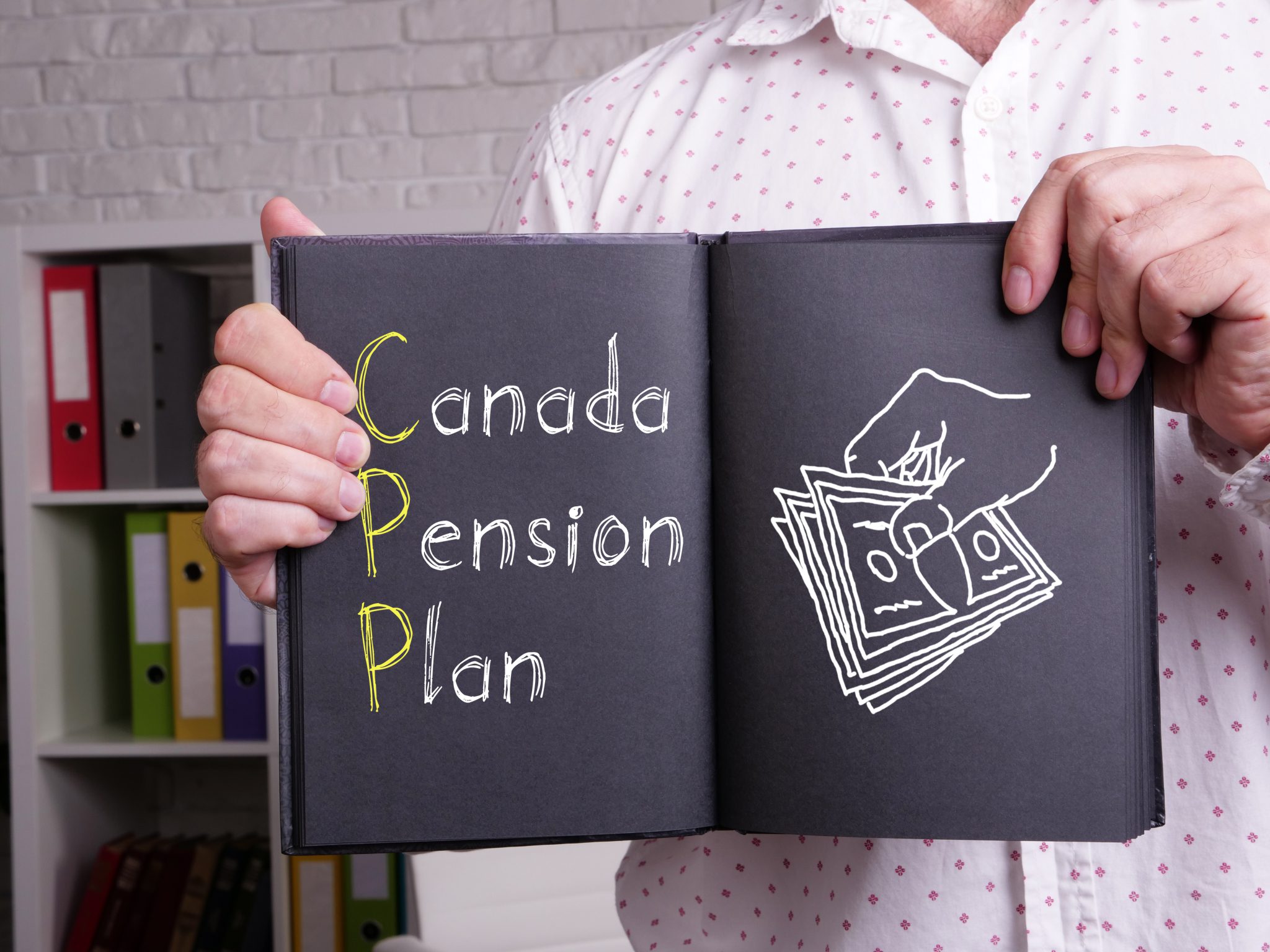Business owners brace for second stage of CPP expansion

Whether you’re an employee or self-employed, you are required to contribute to the Canada Pension Plan (CPP), recently you may have noticed that the amount you’re required to contribute has been slowly climbing. What many don’t know, is that there is a second stage of the Canada Pension Plan (CPP) expansion, which entails further increased payroll contributions for both employers, employees and those self employed.
This article explores the impact of the CPP expansion, highlights the upcoming changes, and offers guidance for business owners to navigate these challenges effectively.
The Purpose of CPP Expansion:
The CPP expansion, initiated by the federal government in 2016, aims to address concerns about Canadians’ financial preparedness for retirement, especially those without access to a workplace pension. The enhancements aim to increase benefits to cover 33% of Canadians’ annual eligible pensionable earnings, up from the previous 25%.
The Canada Pension Plan and Contributions:
The CPP requires working Canadians aged 18 and older to make contributions based on their earnings. Currently, contributions are calculated between a fixed exemption amount of $3,500 and the year’s maximum pensionable earnings (YMPE) threshold which is currently $66,600 for 2023. Given the YMPE of $66,600 and the basic exemption of $3,500, that means the maximum employee CPP contribution this year is $3,754 (or $7,509 if you’re self-employed).
As of 2024, if you have earnings above the first earnings ceiling ($66,600), you’ll contribute an additional four per cent (eight per cent if you’re self-employed) of your income between the first earnings ceiling up to the second earnings ceiling. This additional CPP contribution will be known as “second CPP contributions.”
Understanding the Changes:
To illustrate, assume you have an annual income of $100,000, which is higher than the first earnings ceiling each year. You will make base and first CPP contributions at a rate of 5.95 per cent and, beginning in 2024, second CPP contributions at a rate of four per cent on the difference between the annual years additional maximum pensionable earnings (YAMPE) and the YMPE.
In 2023, you will make $3,754 of CPP contributions, being 5.95 per cent of the 2023 YMPE of $66,600, less the $3,500 base amount. For 2024, let’s assume the YMPE goes up to $67,700, which is the first earnings ceiling. The second earnings ceiling will be set seven per cent higher than the first at approximately $72,400. As a result, in 2024 you will contribute $3,820 of base and first-level CPP, and $188 of second-level CPP, for a total of $4,008.
In 2025, if we assume the YMPE increases again to, say, $69,700, you will contribute $3,939 on income below the first earnings ceiling. The second earnings ceiling will be set 14 per cent higher than the first earnings ceiling, resulting in a YAMPE, or second earnings ceiling, of approximately $79,400. You will contribute second CPP contributions at a rate of four per cent on her income between the YMPE and the YAMPE, or $388. Thus, her total CPP in 2025 would be $4,327.
It’s important to note that these additional CPP contributions will be in addition to the existing 5.95% contributions (previously 4.95%) that both employers and employees pay on earnings between the exemption amount and the YMPE.
Impact on Businesses:
The rising inflation rate, coupled with a tight labor market and increased payroll costs, poses challenges for business owners. In 2023, employers are paying 44.7% more in payroll contributions than in 2018 amounting to $3,754.45 per employee earning at or above the YMPE threshold of $66,600. This, combined with employees seeking higher raises due to inflation, can strain a business’s cash flow.
Navigating the Challenges:
To help offset some of the contribution costs, employees can claim a 15-per-cent federal non-refundable credit on the base CPP contributions, which are calculated at a rate of 4.95 per cent, and a tax deduction for both first CPP contributions (one per cent), and the upcoming second CPP contributions.
Self-employed Canadians who contribute 9.9 per cent to CPP can claim a 15-per-cent non-refundable federal tax credit on 4.95 per cent of the base CPP contributions, and a tax deduction on the other 4.95 per cent. They can also claim a tax deduction on the enhanced portion of their contributions (two per cent in 2023).
Business owners need to be proactive in managing the impact of the CPP expansion. While sole proprietors must contribute both the employer and employee portions of CPP, incorporated business owners have the option to pay themselves a salary or dividends, which are not subject to CPP contributions. Financial advisors often recommend taking a salary to create room for RRSP contributions and to allow contributions to the CPP, even though it entails paying both the employer and employee amounts.
Considerations for Business Owners:
To effectively navigate these challenges, business owners should evaluate their payroll remittances and cash flow projections. They should also review their compensation structures to ensure they align with their overall business goals.
Seeking guidance from CAPCORP Financial professionals who specialize in tax and retirement planning can be invaluable in developing comprehensive strategies that minimize the impact of CPP expansion. Connect with us at info@capcorp.ca

